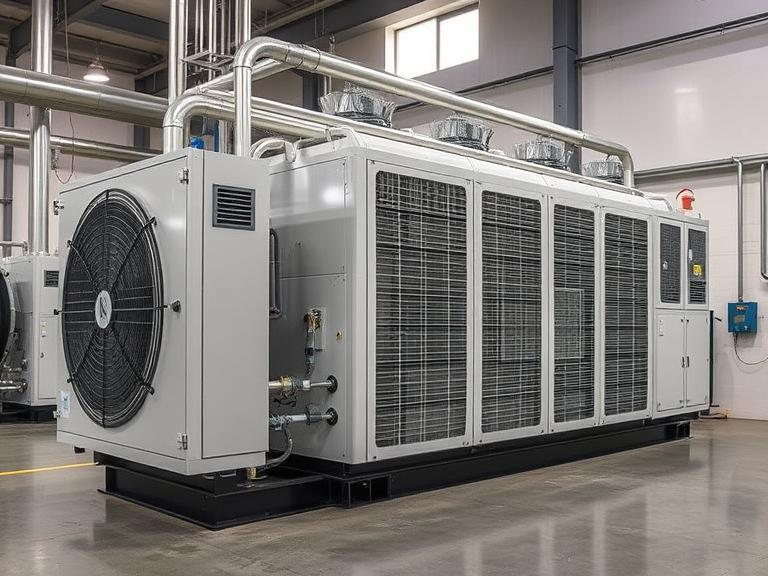
Turning Heat into Cold: The Game-Changing Role of Hot Water Absorption Chillers in Industry
Introduction: The Growing Demand for Sustainable Cooling
With rising energy costs and environmental concerns, industries are shifting towards sustainable cooling technologies that minimize electricity consumption. One such breakthrough innovation is the Hot Water Absorption Chiller (HWAC), which utilizes hot water or waste heat to drive the cooling process instead of relying on electricity-powered compressors.
How Hot Water Absorption Chillers Work:
Unlike traditional chillers, Hot Water Absorption Chillers use a heat-driven absorption cycle to produce cooling. The key components include:
• Evaporator: Refrigerant (water) evaporates by absorbing heat.
• Absorber: Lithium bromide absorbs the refrigerant vapor.
• Generator: Hot water heats the lithium bromide, releasing refrigerant vapor.
• Condenser: The vapor condenses back into liquid, completing the cycle.
By utilizing excess hot water from industrial processes, HWACs convert waste heat into usable cooling energy, enhancing efficiency and reducing carbon footprints.
Applications of Hot Water Absorption Chillers:
Industries and facilities benefiting from HWACs include-
• Power Plants – Utilizing waste steam and hot water for cooling.
• Data Centers – Providing energy-efficient cooling for server rooms.
• Chemical & Pharmaceutical Industries – Maintaining controlled temperatures in manufacturing processes.
• Hotels & District Cooling Systems – Supplying centralized cooling for large-scale operations.
Conclusion: A Smart Choice for Energy-Efficient Cooling
As industries strive to reduce energy consumption and operational costs, Hot Water Absorption Chillers are emerging as a highly sustainable and cost-effective solution. Their ability to repurpose waste heat makes them a preferred cooling option for industries focused on efficiency and environmental responsibility.
Contact Us now to join the revolution!
